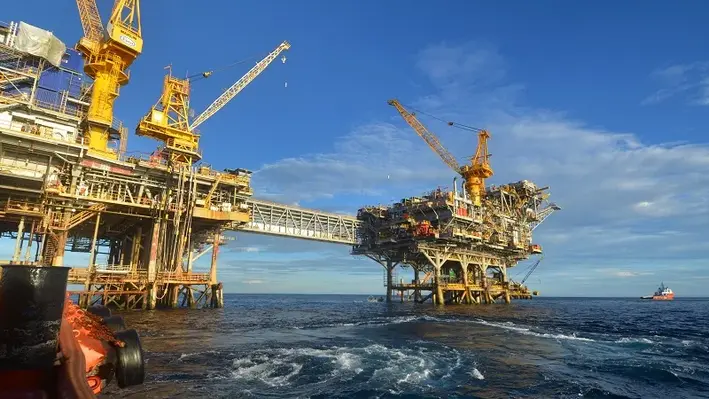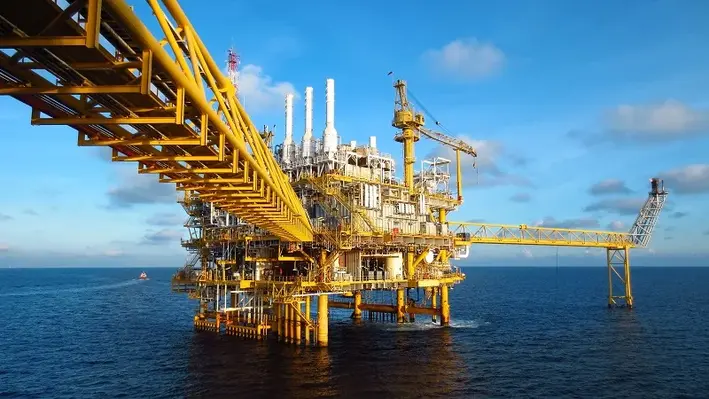
The global well intervention market is projected to grow significantly over the next decade, as operators prioritise optimising output from existing oil and gas wells.
These services, which include everything from maintenance and repairs to production enhancement, play a vital role in extending the operational life of both onshore and offshore wells while reducing downtime.
Well intervention activities generally fall into two categories: light well intervention (LWI) and heavy well intervention (HWI). LWI includes smaller, cost-efficient operations such as wellbore cleaning and monitoring. HWI covers more complex work such as hydraulic workovers and large-scale repairs, often requiring advanced tools and specialised equipment.
This demand is largely being driven by a combination of factors. Global energy consumption continues to rise, encouraging more efficient use of existing resources. Many oil fields are reaching maturity, requiring targeted intervention services to extract remaining reserves. At the same time, technological advances—particularly in digitalisation, robotics, and remote monitoring—are making well interventions more effective and cost-efficient.
According to SkyQuest Technology, the market was valued at US$9.6bn in 2024 and is expected to reach US$14.73bn by 2032, growing at a compound annual growth rate (CAGR) of 5.5%. Enhanced oil recovery (EOR) techniques and the integration of new technologies will remain key drivers in this expansion.
Regionally, North America dominates the market, led by the United States and Canada, due to a high number of mature fields and strong investment in unconventional oil and gas. Europe is seeing increased activity in the North Sea, while the Middle East and Africa continue to invest in aging infrastructure. Asia-Pacific is emerging as a growth hotspot, with countries like China and India increasing exploration and production efforts.
Several trends are shaping the market. The push into deepwater and offshore fields is generating demand for sophisticated intervention services. Automation and robotics are reducing reliance on manual labour and improving precision. EOR strategies are gaining ground, especially in mature fields. And growing environmental scrutiny is encouraging operators to seek cleaner and more sustainable methods of intervention.
The sector remains highly competitive. Global players like Schlumberger, Halliburton, Weatherford, Baker Hughes, and NOV lead the market, offering advanced services tailored to both complex offshore operations and routine onshore interventions. However, high operational costs, regulatory pressures, and geopolitical risks remain persistent challenges.
Despite these headwinds, the long-term outlook for the well intervention market is positive. As more companies look to extend the life of their assets and operate more sustainably, well intervention services will become an increasingly essential component of global oil and gas strategies.




